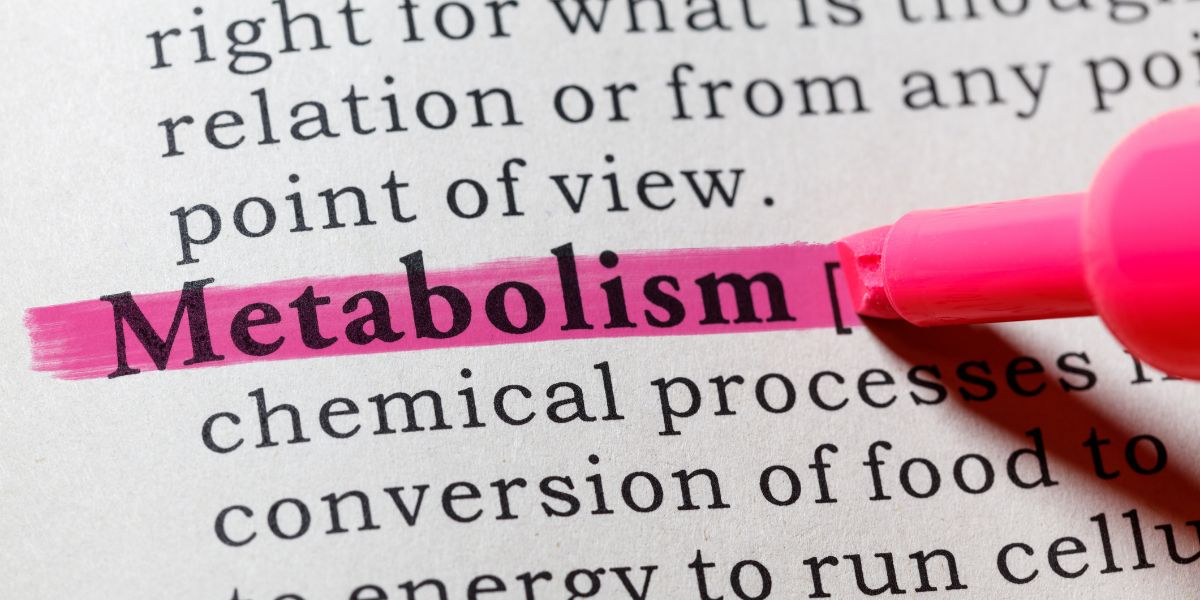The metabolism of people with diabetes differs to the metabolism of people without it. In type 2 diabetes, the effectiveness of insulin is reduced and in type 1 diabetes, insulin levels in the body are very low.
For this reason, type 1 diabetics require insulin delivery from other methods. Insulin resistance, most common in pre-diabetes. metabolic syndrome and type 2 diabetes, impairs the body’s ability to metabolise glucose.
Consequently blood sugars become elevated, weight gain is more likely and the resistance to insulin becomes greater.
What is metabolism?
Metabolism refers to the chemical reactions that take place inside the cells of living organisms which are essential for life. For the purposes of this guide, metabolism refers to the processes that occur in the body once food is eaten.
The metabolism process
The metabolism of people with diabetes is almost identical to the metabolism of people without diabetes. The only difference is the volume and/or effectiveness of the insulin produced by the body.
The metabolism process is as follows.
- Food is consumed
- Carbohydrates are broken down into glucose – by saliva and the gut
- Glucose enters the bloodstream
- Pancreas responds to the presence of food by releasing stored insulin (phase 1 insulin response)
- Insulin allows glucose from the blood to enter into the body’s cells – where the glucose can be used for fuel
- Insulin also allows glucose to be stored by muscles and the liver as glycogen
- If needed, the stored glycogen can later by returned to the blood as glucose
- If there is glucose remaining in the blood, insulin turns this glucose into saturated body fat.
- Proteins in the meal also get broken down into glucose to some degreen, however, this is a much slower process than it is with carbohydrates.
- After the body’s initial release of insulin, the beta cells in the pancreas start to develop new insulin which can be released as well. This is known as the phase 2 insulin response.
- As mentioned above, if glucose is taken from the blood to the point where blood sugar levels start to approach a low level, the body releases glucagon.
- Glucagon works to change the stored glycogen into glucose which is released into the blood stream.
Metabolism in obesity-related type 2 diabetes mellitus
Overweight people with either pre-diabetes or type 2 diabetes most typically produce significantly more insulin than non-diabetic people resulting from a higher ratio of body fat to muscle.
The reason for this is insulin resistance, which means that the body can’t use its insulin effectively enough.
Therefore, it makes sense that the body should produce more insulin to compensate.
However, the strain of producing all this extra insulin means that the beta cells become over worked and over time will start to fail.
In addition, the increasing amounts of insulin in the body cause the body to become gradually more resistant to it – it can be viewed as being similar to how drug addicts can build up tolerances to drugs.
How does insulin resistance lead to higher blood sugar levels?
If insulin resistance exists, this therefore reduces the effectiveness of the phase 1 insulin response (as discussed in non-diabetics). The pancreas will release all the insulin it has but it likely won’t be enough because the insulin is less effective.
To cope with this, the body has to rely on its phase 2 insulin response, however, this takes some time and therefore in that time, without sufficient insulin available, blood sugar levels in the type 2 diabetic or pre-diabetic are very likely to rise higher than normal.
If the next meal is sufficiently far away, the body may have time to catch up and produce enough new (phase 2) insulin to catch up and bring blood sugar levels back to normal.
However, as mentioned above, this puts strain on the beta cells which can fail therefore reducing the number of active insulin producing cells, this therefore further slows down the production capability of insulin which helps to escalate the problem further.
If the diabetic or pre-diabetic is used to consuming relatively generous amounts of carbohydrates then the effects of the problem are exaggerated further. Note also that higher sugar levels tend to make people feel both lethargic and more hungry as the less effective insulin means they are less able to get glucose into the cells which need the energy.
If a larger amount of food is eaten as a result, then the excess calories will start to get absorbed as additional body fat, which may contribute to further insulin resistance.
Metabolism in type 1 diabetes mellitus
In type 1 diabetes, the proper functioning of metabolism is reliant on the delivery of insulin, usually either from injection or a pump.
Short term (rapid acting) insulin is intended to behave in a similar way to the phase 1 insulin response and the long term to act in a similar way to the phase 2 response.
If the correct amounts of insulin are delivered and the rapidity of the action of the insulin matches the rapidity at which glucose from the meal is absorbed, then a person with type 1 is able to quite well replicate the metabolism of a non-diabetic.
However, this is often difficult to do and therefore there will be times when high and low blood sugars will result, which have to be treated accordingly by the diabetic.
As insulin plays a part in body fat storage, people with type 1 diabetes can also build up insulin resistance, termed double diabetes.








